Armenian villages empty as the water stops flowing
Armenian villages empty as the water stops flowing
“May your life be as long as the flowing of water.”
This expression can often be heard in Armenia. But not in the village of Tlik. Here, this blessing is perceived as a curse. For the last time water flowed from the tap in this village was 25 years ago.
Khanum Janoyan, 77, is one of the few Yazidi old-timers in the village of Tlik. Her house is on the very edge of the village, with a neglected garden, without greenery or animals.
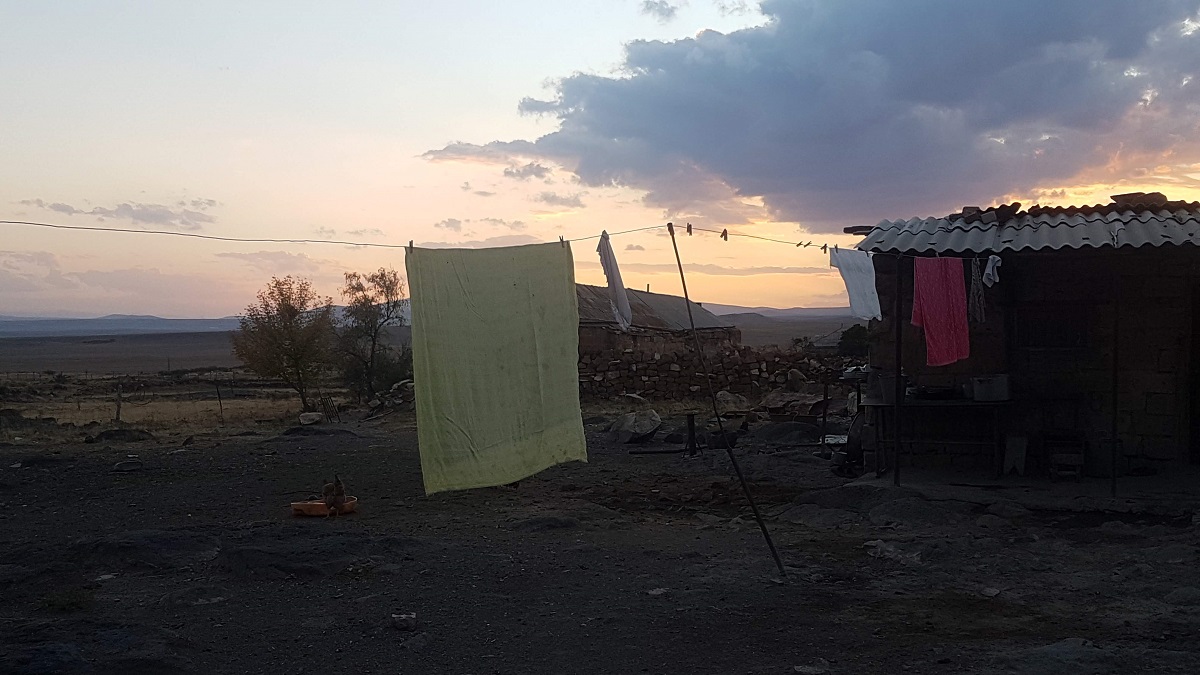
• Armenia’s Yazidis on their religion, language and discrimination
• Where worlds collide: a far-off Armenian village bordering Iran where Azerbaijanis used to live
Grandmother Khanum says that earlier in this village bordering Turkey there were 120 families, and not seven, as it is now. And the water in the village came from four natural sources.
“The springs are there, but there’s no water. The state farm collapsed, there was no one to take care of the village, and that’s what happened. We’ve been buying drinking water for 25 years, and for the household, washing, and cattle, men pump water from the gorge,” says Khanum Janoyan.
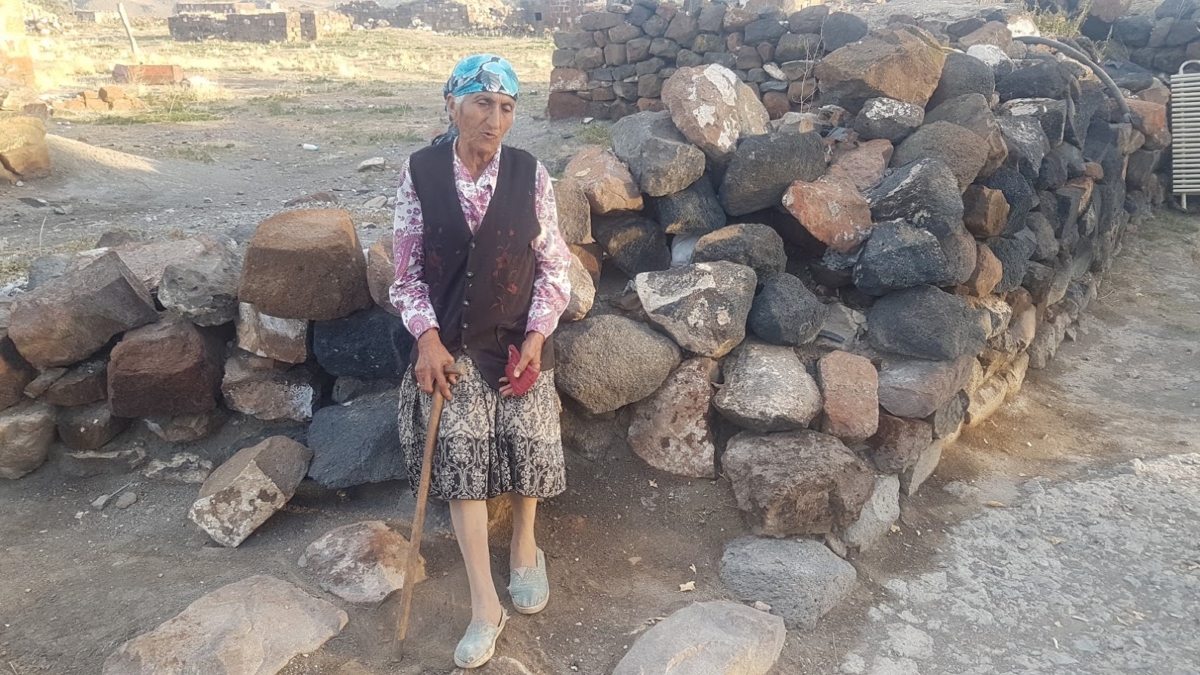
A car brings potable water to the village once every 10 days – at best. Grandma Khanum buys 20 liters each time. She uses the water sparingly and stores it in a cool place so that it does not deteriorate. For 20 liters, she pays 350 drams (85 cents). A single woman on retirement, she receives only 36,000 drams a month ($75) from her pension.
“I eat just a bit, just to get enough”, she says.
Over the years, she has heard the promises o quick solution to the water problem. The last promise was made by Tlik officials earlier this year. They said that on September 6 there will be water in the village. People didn’t believe them, but they remembered the date.
The situation in the country in numbers
In Armenia there are 580 settlements in which there is no drinking water at all. For comparison, the only water supply operator in the country serves 355 settlements.
The settlements remaining outside the water supply system were once provided with water thanks to natural sources. However, due to climate change, the springs dried up and the people were left without water.
To solve the problems of these communities, according to official figures, 270-300 million euros will be needed, which the state does not yet have.
Ecologist Karine Danielyan says the reason for the reduction of underground and aboveground water resources in Armenia is not only climate change, but also the short-sighted decisions of people. According to her, one of the decisions of the government adopted in 2008 was fatal in this sense.
“In 2008, the government commissioned experts to study the artesian basin of the Ararat Valley. The study showed that we are slightly exceeding the permissible volume of water use, and consumption should be reduced to preserve freshwater resources.
“But what decision did the government make? The opposite one. It was decided to stimulate the development of fish farming. As a result, the level of artesian water in some places fell by three to 15 meters,” says Danielyan.
It is known that 280 out of 319 registered fisheries in Armenia operate in the Ararat Valley, and 99% used artesian wells. As a result, 120 of 303 artesian sources dried out in the Metsamor river basin. In 1984, artesian waters irrigated an area of 32,700 hectares, and now only 10,700 – that is, three times less.
There are 450,000 hectares of arable land in Armenia, but in the conditions of desertification only 200,000 are irrigated – that is, less than 50%.
Karine Danielyan says the new authorities are reacting appropriately. It has already been decided that fisheries will no longer use artesian waters, but will work on the principle of “secondary use of water.” In addition, 37 wells that are not currently in use will be closed.
However, Danielyan notes that it will take decades to restore the damage done to water resources in the country.
“We always need to remember that groundwater and surface waters are interconnected. If we lower the level of Lake Sevan, we should not be surprised if springs dry up all over Armenia. And when we harm the artesian basin, one should not be surprised that the rivers begin to grow smaller and that the springs will dry up.
“When deciding on the use of natural resources at the national level, climate change needs to be considered. Unfortunately, chaotic changes are taking place on the planet. Nature has somehow tried to bring humanity to its senses, but failed. Unfortunately, people who make decisions do not understand this.”
Life in Tlik
Suren Khalatyan is the oldest resident of Tlik. Three of the seven families remaining in the village are his sons.
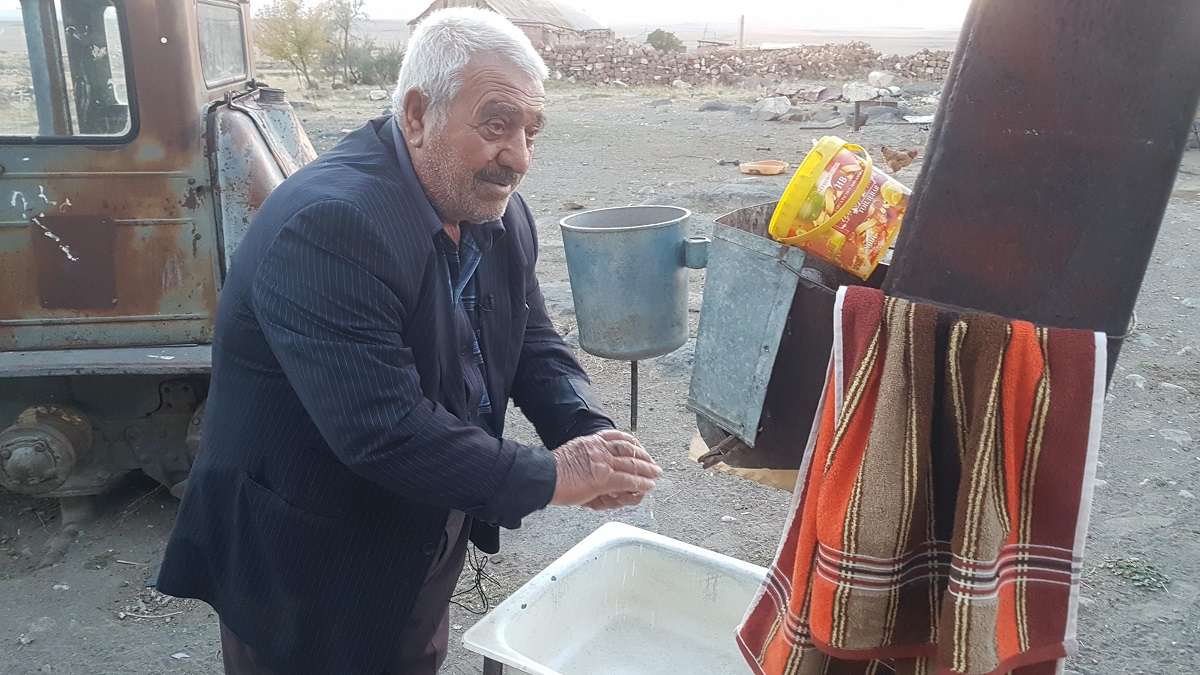
In the garden of Suren, large empty tanks are placed in a row. There was water only in a home-made washbasin.
In the center of the garden is an old trolley loaded with a small tank, in which water from the river is brought for farming.
“Because of the water, our village emptied. There are no houses left, only ruins. If there was water, the people would not budge. We bought a large wagon at our own expense, into which we collect water from the river using a pump. We water gardens with this water, and we give water to animals, and we wash. Under normal conditions, a person would not put his hand in this water, and we bathe babies in it,” says Grandfather Suren.
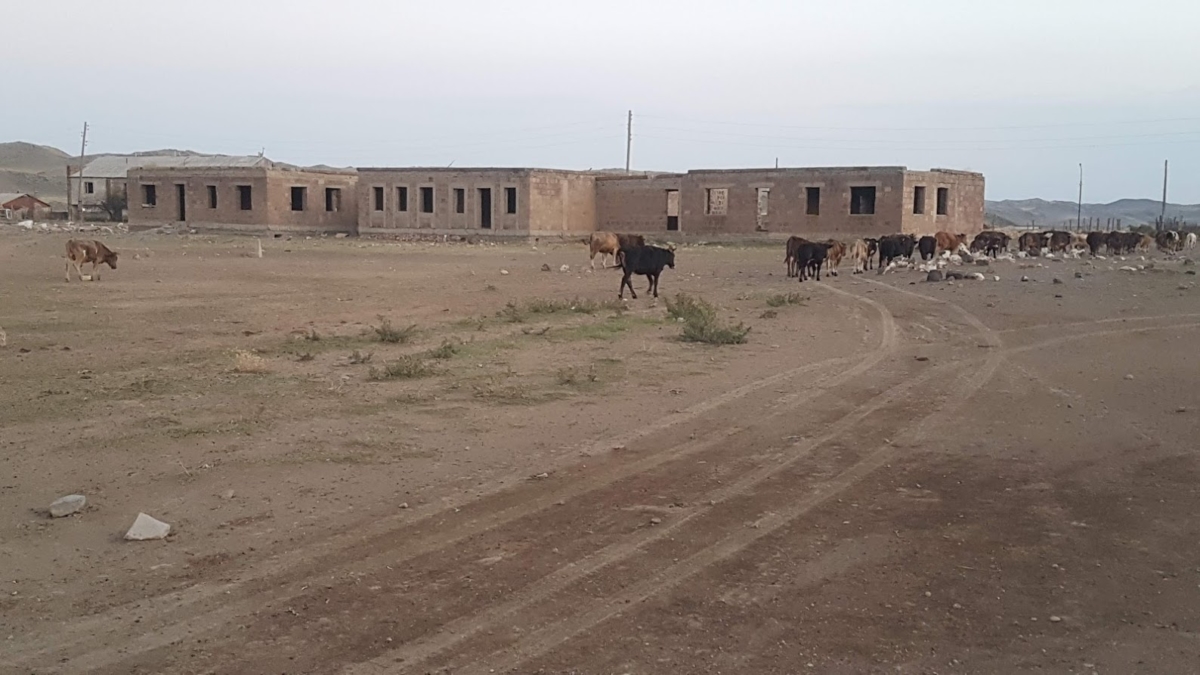
He says that in past years, the village had enough water to irrigate 72 hectares of flat land and 35 hectares of personal plots. But all the springs dried out almost simultaneously. And for 25 years, villagers have been forced to buy drinking water, both for household needs and irrigation use water from the Akhuryan River.
And for this, the residents of Tlic each time have to get permission from the command of the Russian border troops deployed on this territory.
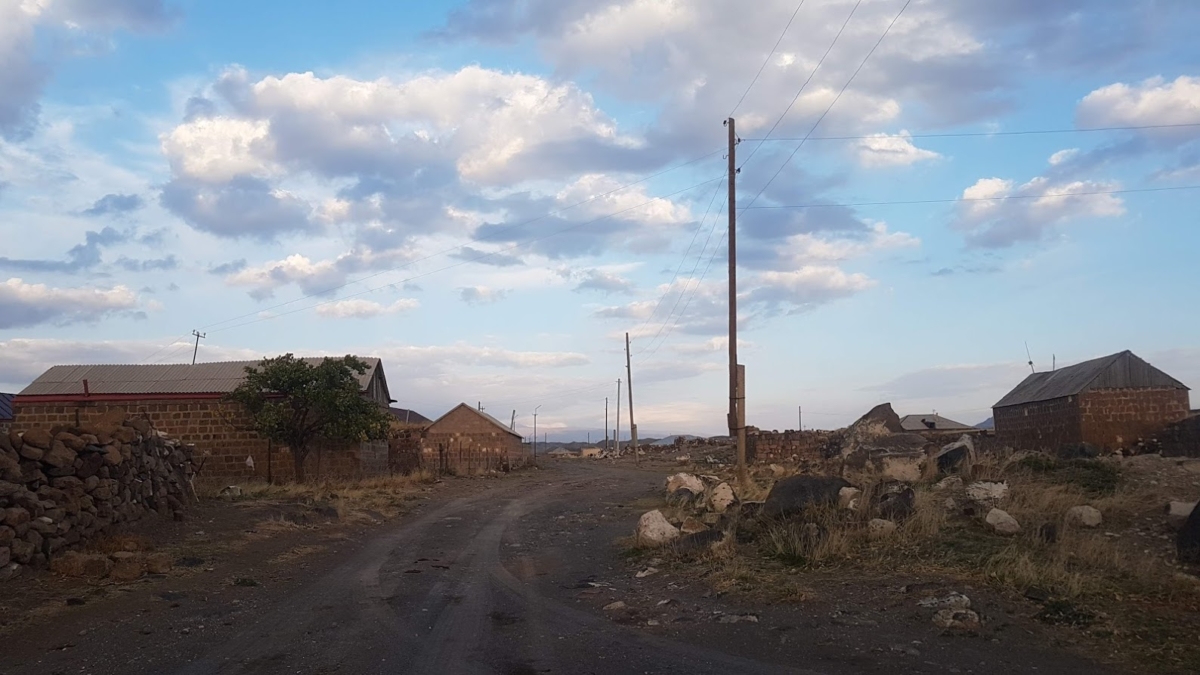
Expert predictions
Soil expert Ashot Khoyetsyan has traveled in the regions of Armenia for the last 2–3 years and has studied the phenomena caused by climate change, including the impoverishment of settlements and internal migration.
In his opinion, the fight against desertification is one of the priorities of Armenia, which, unfortunately, he says, is not receiving the attention it needs from the state.
“Desertification is considered a global, planetary problem, and in Armenia it is very tough and has its own characteristics. Over 80% of the territory of Armenia is on the verge of desertification. About 30% are already at the extreme stage of desertification. Today, only 8% of the territory of Armenia is covered by forests. This, first of all, means land degradation, that is, it indicates a decrease in their natural fertility.”
The soil scientist believes that if nothing is done, in a few decades the territory of Armenia will literally lose its soil and it will become unfit for production.
“If complete indifference to this problem does not change, in a few years the land degradation that is observed in Armenia will simply lead to famine,” the scientist warns.
Before solving global problems
Tlik only needs a 4km water pipe. All the surrounding villages have already been provided with water, and in Tlik alone has nothing changed in the past 25 years.
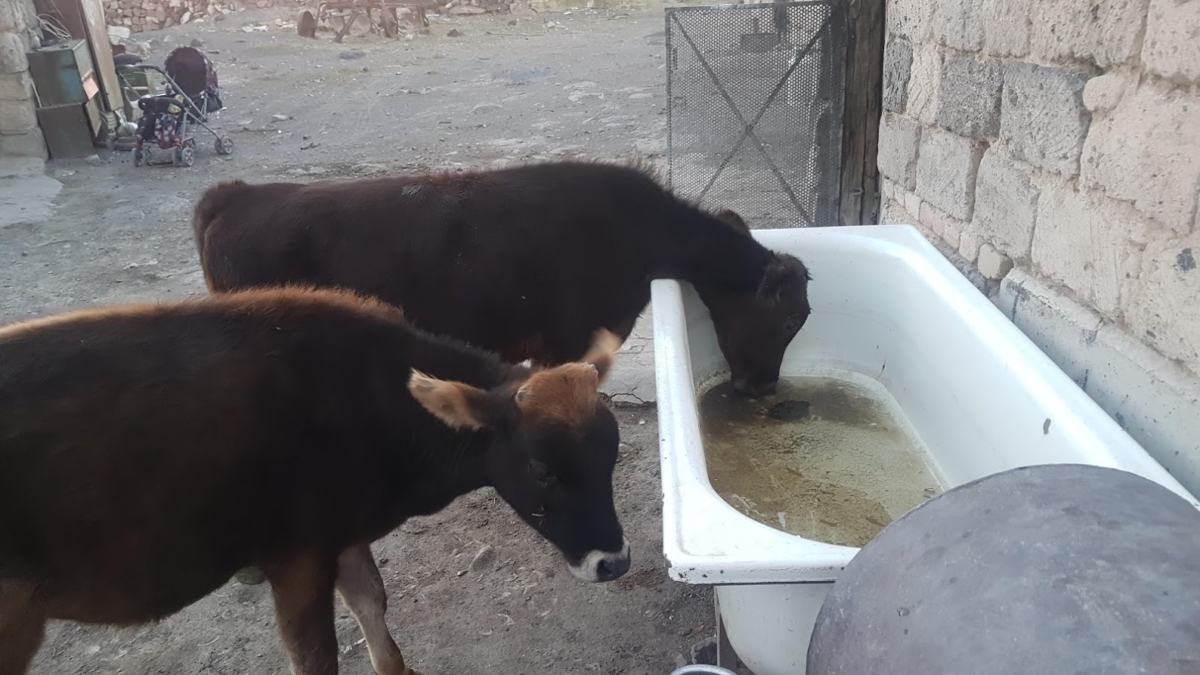
The only occupation of the inhabitants remaining in the village is cattle breeding. From early morning, cows and sheep are taken to pasture until sunset. On the way home, the herds head to the watering hole – to the green tank on the outskirts of the village. When the animals get their share, all the shepherds are sure to close the tap so that there is water for others too. Here, the people appreciate every drop of water.
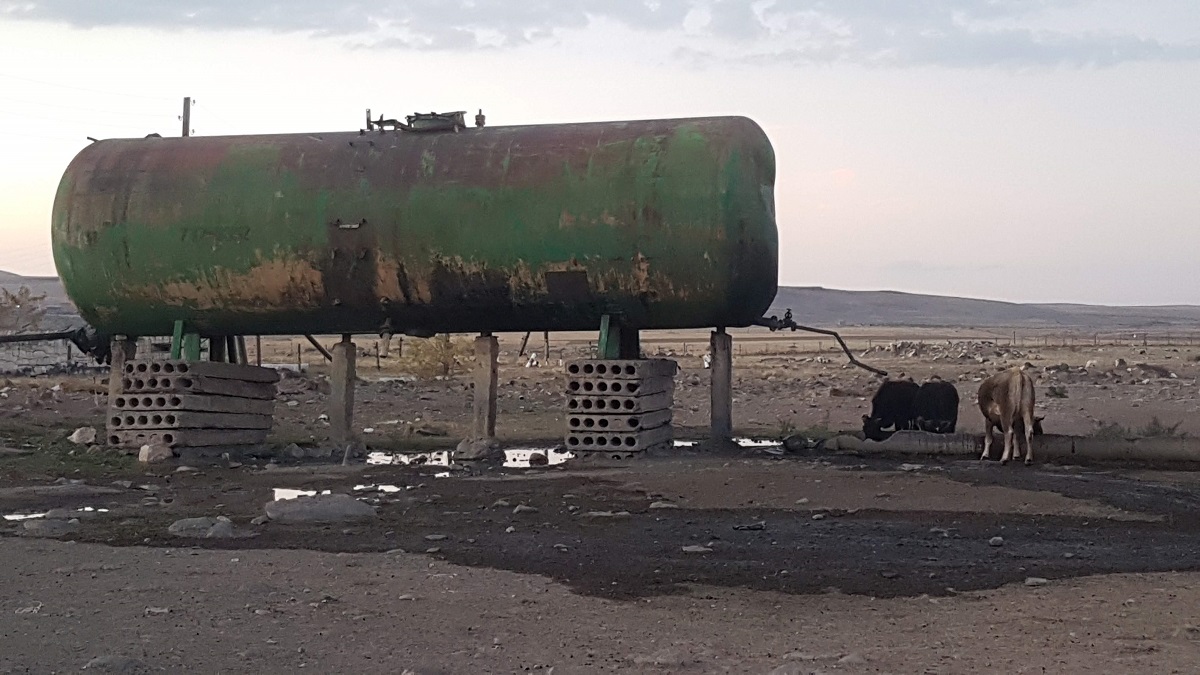
And at sunset, Grandfather Suren walks around the courtyards of neighbors whose empty houses have been guarded for many years – in the hope that one day they will return. But he knows: first the water has to come back.

Follow us – Twitter | Facebook | Instagram
Armenian villages empty as the water stops flowing


















